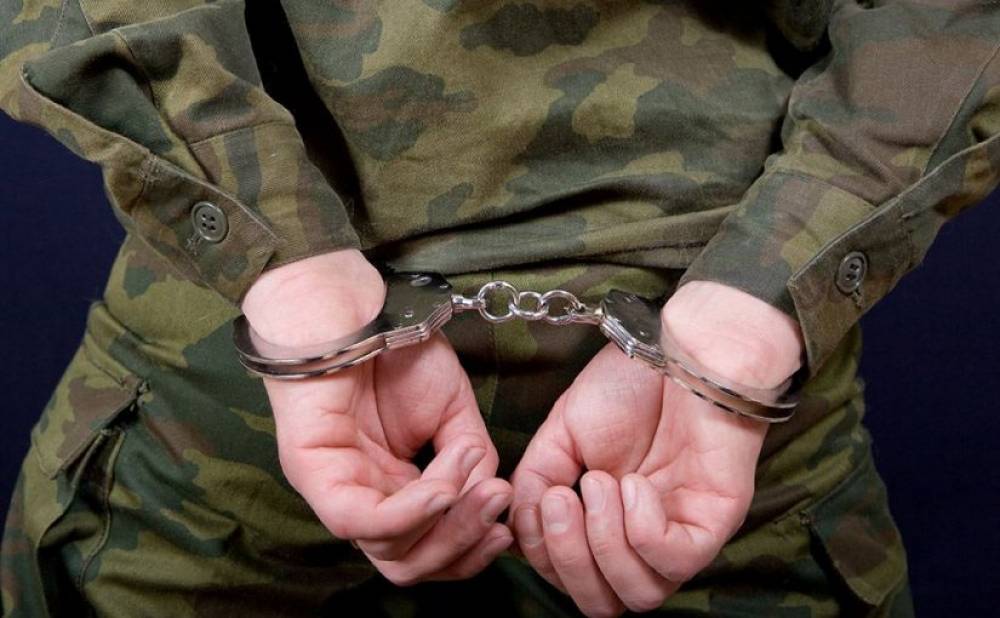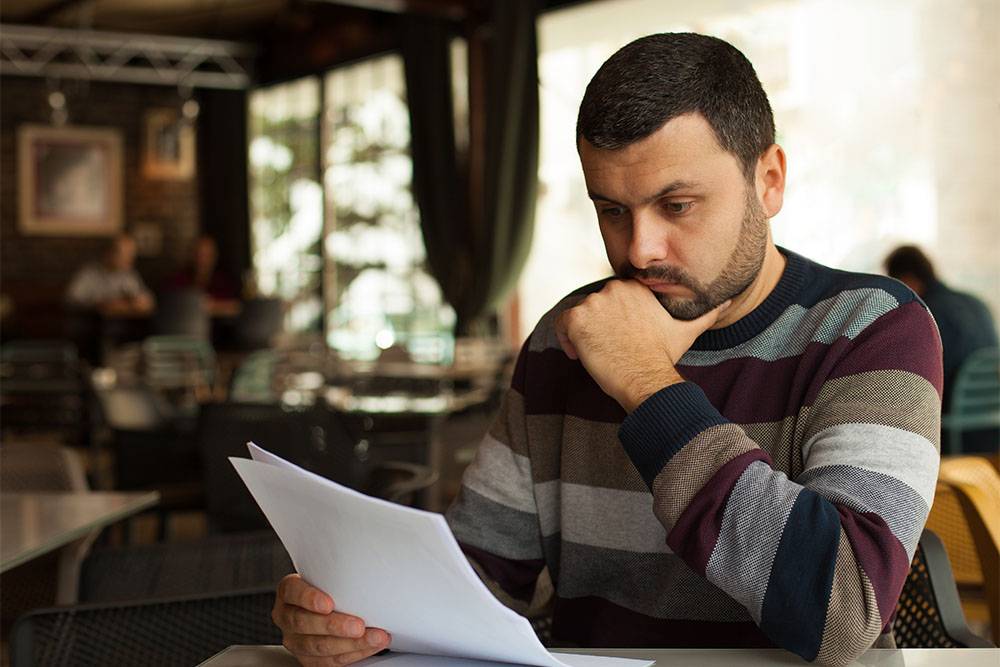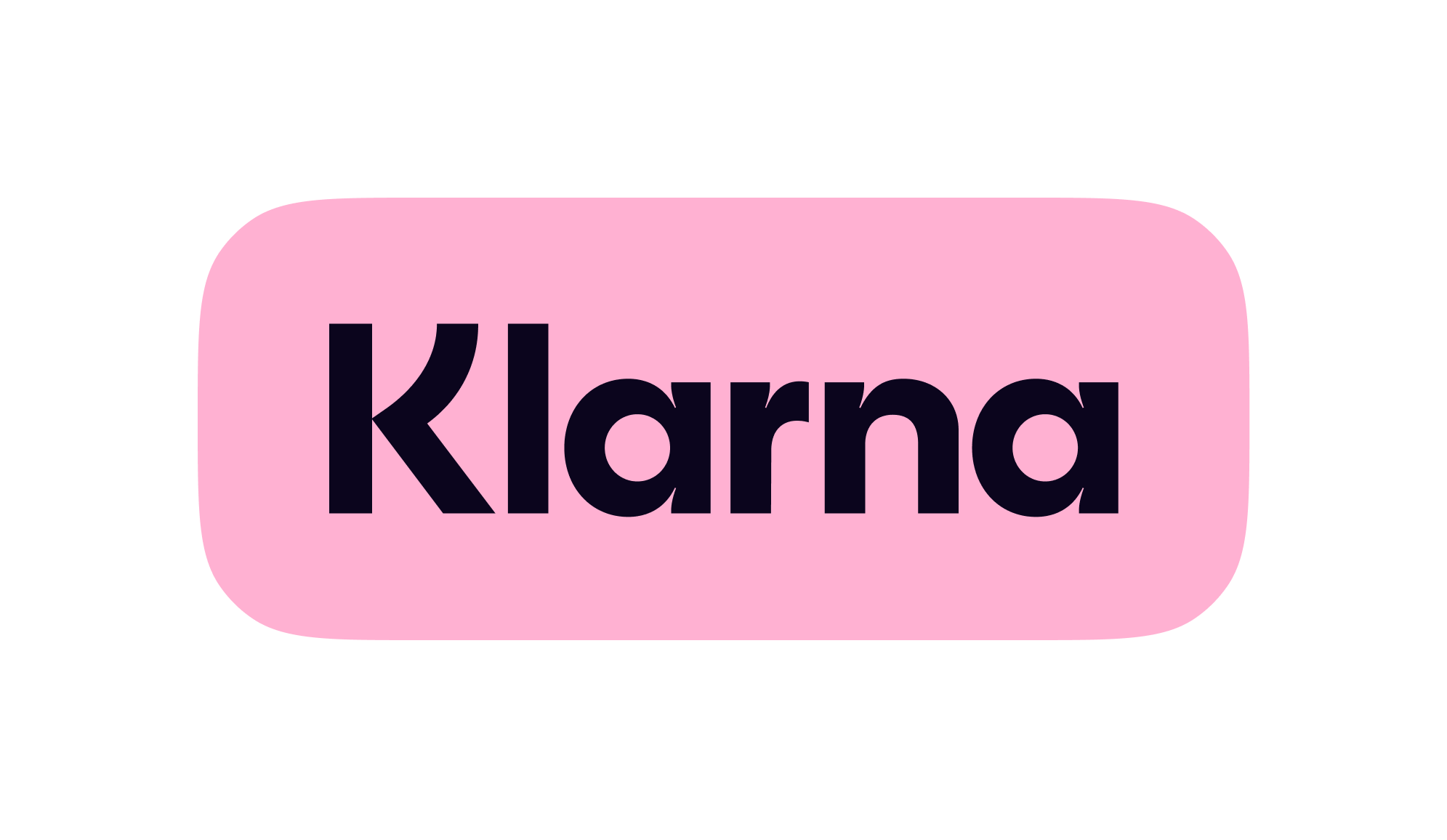Burial in a national cemetery is a distinct honor reserved for servicemembers who were honorably discharged or who died while on active duty. If you are a veteran and want to plan ahead for a national cemetery burial, talk to your family about your wishes and make sure they know what the process will involve. If you are a family member whose parent, spouse, or child has passed and you want to determine their eligibility for a national cemetery burial, start by making sure you have a copy of their discharge paperwork—specifically their DD Form 214, or Certificate of Release or Discharge from Active Duty. For members of the U.S. Armed Forces, a DD214 is issued upon separation or discharge from active duty, including when a service member retires. It is one of the most requested documents when it comes to determining eligibility for veteran benefits, so it is a good place to start before you attempt to schedule a burial.
What is a national cemetery?
A national cemetery is a cemetery reserved for military personnel, including veterans and in some cases their spouses and dependants. After the U.S. Civil War, legislation was passed that allowed the President to purchase land that could be used specifically for military burial sites. In some cases, non-military personnel are permitted to be buried in a national cemetery, primarily if they were considered important civil or political figures. Currently, there are 139 national cemeteries as well as 33 soldier’s lots (smaller national cemeteries contained within larger public cemeteries) and monument sites throughout the United States and in Puerto Rico. These designated military burial sites are overseen by the U.S. Department of Veterans Affairs (VA) National Cemetery Administration as well as by the National Park Service. National cemeteries are different from state veteran cemeteries, which are maintained by the individual state in which they are located.
Is there a national cemetery in every state?
No. While more than three dozen states contain one or more national cemeteries, some states—including Connecticut, Delaware, Idaho, Nevada, and New Hampshire—do not. Here in Arizona, there are two national cemeteries: the National Memorial Cemetery of Arizona in Phoenix and Prescott National Cemetery in Prescott. If you are unsure whether or not your state has a national cemetery, you can use this list to find out.
If my family member did not have a copy of their DD214, how can I obtain one?
It is common in the case of older veterans that discharge paperwork has been lost or damaged over time. If you are a living veteran or a family member of a deceased veteran, the simplest and fastest way to get a DD214 copy is to work with an experienced expeditor like DD214Direct.com. We do the work for you so you can focus on taking care of your family, and in most cases we can deliver an email copy of your DD214 in just three to 10 business days.
Veteran-owned DD214Direct helps you get the documents you need, when you need them.
Our cutting-edge technology platform and keen knowledge of government protocol and procedure allow us to deliver your documents faster than competitors. We physically stand in line at the records repository and manually coordinate your order, freeing up your time and easing your worries about whether or not you will get your DD214. Much like paying a small fee to have your taxes done by a professional, DD214Direct provides the service and convenience you’ve been hoping for, plus we make it a lot easier. Instead of having to download, print, sign and fax your document request form, you can submit your order directly through our website with the ease of e-signature technology from a desktop, laptop or mobile device. Once we locate your DD214, we will email you a copy immediately—a service not offered by the government. And tracking your request through us is simple, so you never have to worry about long hold times and inconclusive answers.
Ready to get started? Click here to begin the order process.















